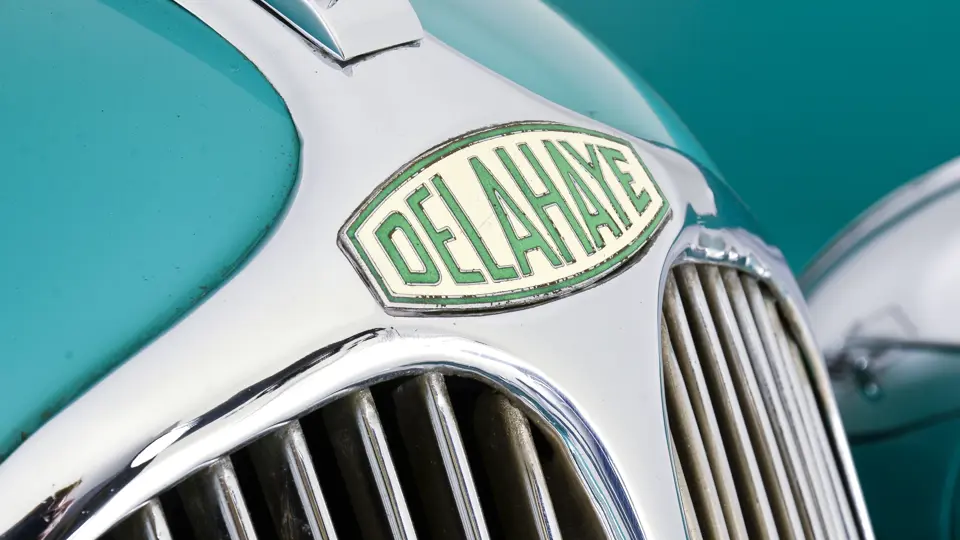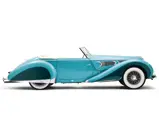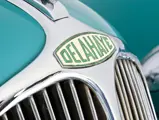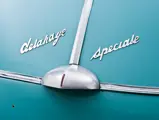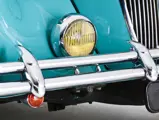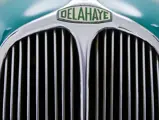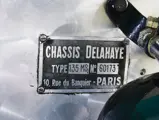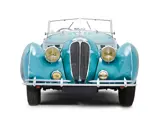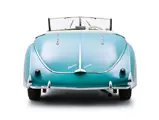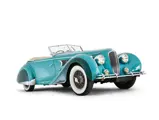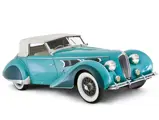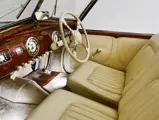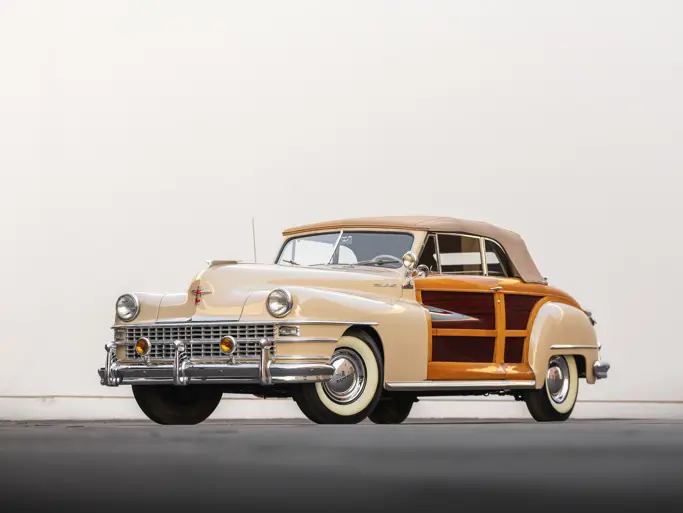3,557 cc inline overhead valve six-cylinder engine, Cotal electro-mechanical four-speed gearbox, independent front suspension with transverse leaf spring, live rear axle with quarter elliptic springs, and four-wheel assisted mechanically actuated Bendix drum brakes. Wheelbase: 114"
- Fascinating early history; purchased new by ‘La Mome Moineau’
- Single ownership for past three decades
- Distinctive three-position top
- Research conducted with Claude Figoni
- The only surviving example known to exist of five built
- Matching numbers
The Type 135 model Delahaye was the first car produced after the merger in 1935 of Delage and Delahaye, enjoying tremendous success in competition, from Montlhéry to Le Mans. In 1936, the Model 135 M, or Competition version, joined the line-up with a six-cylinder 3,557-cc engine that had a larger bore and triple carburetors. In 135 MS form, with its larger exhaust valves, the Delahaye could reach 110 mph.
This magnificent and very striking 135MS ‘Speciale,’ bodied by one of the Parisian ‘Grand Carrosseries’ is a perfect example of the height of French prewar elegance. It was delivered to Figoni et Falaschi by Delahaye as a bare chassis to be clothed in beautiful roadster bodywork. It is one of only five known to have been constructed in this lovely body style, of which it is the only known example to survive.
Research into this car’s history was conducted by the current owner, which was confirmed by Claude Figoni, son of Mr. Figoni himself and the keeper of the original Figoni et Falaschi archives, in a letter to the owner in May 2005. According to this research, chassis 60173 was received by the Figoni workshops in Paris on March 17, 1939 with four-seat cabriolet coachwork specified (Figoni et Falaschi fabrication no. FIFA 727).
Interestingly, the design of this body not only allowed for a fully disappearing top when folded down, but it could also be used in landaulet position, which is referred to as “Milord” in French. As such, the car effectively benefits from a three-position cabriolet top – Closed, Milord (Landaulet) or simply cabriolet/roadster. Upon completion in 1939, the car was originally finished in metallic silver with blue leather and a matching blue mohair or cloth top.
Further research into Mr. Figoni’s archives confirmed that chassis 60173 was sent back to the factory after completion, from where it was delivered directly by Delahaye to its first owner, Madame Lucienne d’Hotelle, better known in France as ‘La Mome Moineau,’ and invoiced to her Paris address, 22 rue de Bellevue, Mesnil le Roi, Seine et Oise.
La Mome Moineau
‘La Mome Moineau’ was not only one of the most famous women in France in the 1930s, but she was also the wife of one of the richest men of the 1920s, Felix Benitez Rexach. Born into poverty, she began selling flowers in Parisian nightclubs of Montmartre and Montparnasse until she was discovered by Paul Poiret singing on the streets in front of Le Fouquet in Paris in 1925. Her voice and beauty struck Poiret and compelled him to hire her as a signer for various Parisian nightclubs.
A talented singer indeed, La Mome Moineau enjoyed a successful career that brought her to stardom on Broadway in New York, where she met Felix Benitez, an engineer and businessman, whom she married in 1929. The marriage brought her tremendous wealth and some even speculate she was the richest woman in the world. A very eccentric lady, she was known to dress in men’s clothing (particularly controversial in the 1930s) and not only owned a superb private yacht in the port of Cannes with a crew of 30 but also had villas in Maison Laffitte and Bagatelle and was a regular at the casinos along the Côte d’Azur. In fact, she even had her own private DC3 airplane and, of course, this stunning Delahaye 135MS ‘Speciale,’ with coachwork to match her flamboyant nature.
Despite her wealth, she is perhaps most famous for being the victim of the biggest jewelry robbery of the postwar period, the circumstances of which are quite suspicious. She supposedly lost 7.5 million Francs in 1949 at the Hotel of the Vielle Fontaine at Maison Laffite, making headlines around the world and prompting the publishing of a book in 1986 by Roger Borniche. After her passing, La Mome Moineau was interred next to her husband in a cemetery in San Juan, Puerto Rico.
Since her ownership, 60173 has spent all its life in Europe and most of its life in France. In fact, it has remained in its current ownership for about 30 years. The current owner has regularly enjoyed the car on many Delahaye Club events in France, covering many miles in the car and successfully entering it in concours events, where it has won numerous awards.
Having spent its entire life in Europe, this is the first time this exceptional motor car will be seen in the United States. Its history file includes an article published in a French magazine immediately after the war, in which the author describes the process involved when a car is sent to one of the “Grand Carrossiers” to be bodied and uses this car as an example. Its lines were as striking then as they are now.
The current owner reports that the body was restored in the late 1980s and that a mechanical overhaul was conducted in the late 1990s. The 3,500-cc six-cylinder MS engine runs beautifully. Its starts well even when cold, and the four-speed Electro-Magnetic Cotal gearbox is a delight to drive as reported by the vendor, who has undoubtedly driven through most of France in the past 30 years of ownership.
This fabulous Delahaye is ready to be enjoyed on tours or to be shown on the concours field, and it benefits from virtually every sought-after element collectors require – fascinating provenance, matching numbers, long-term ownership and, of course, a desirable sporting specification of a superb motor car with stunning coachwork.

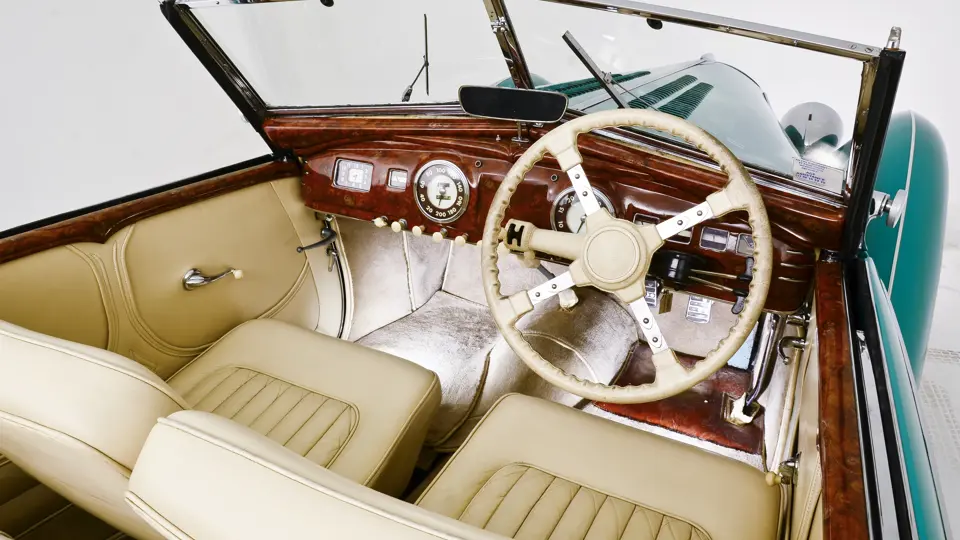


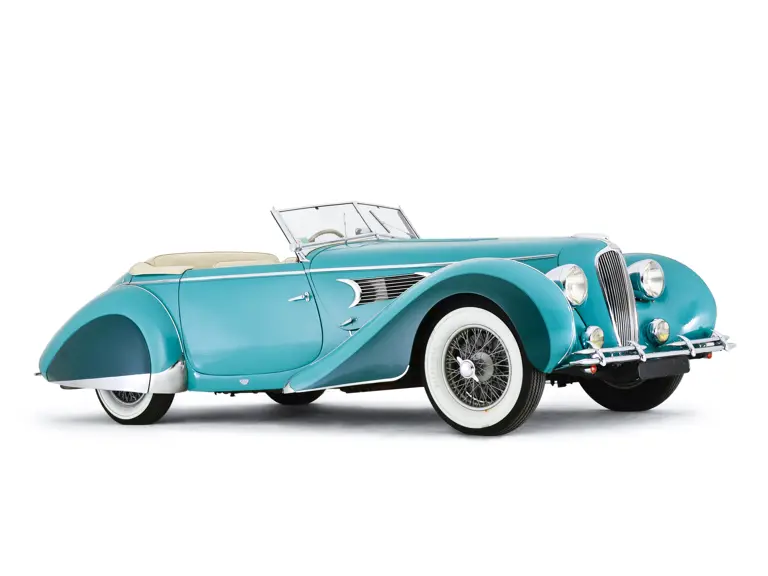
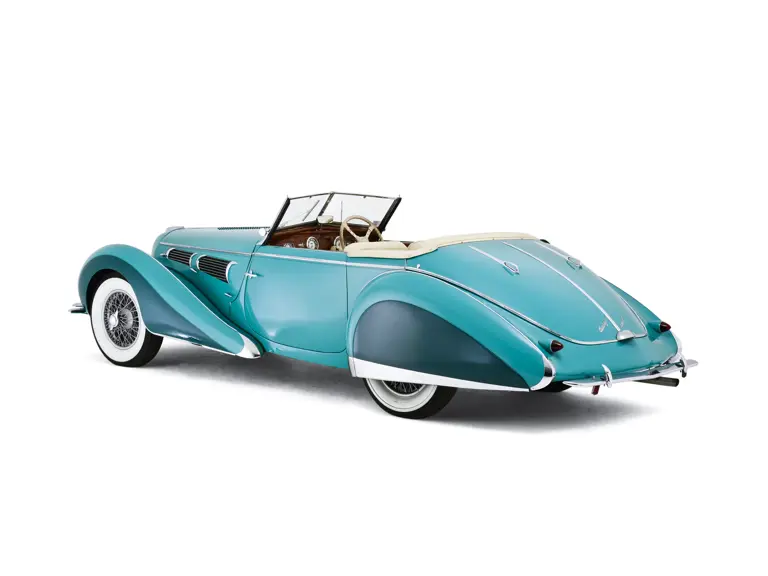
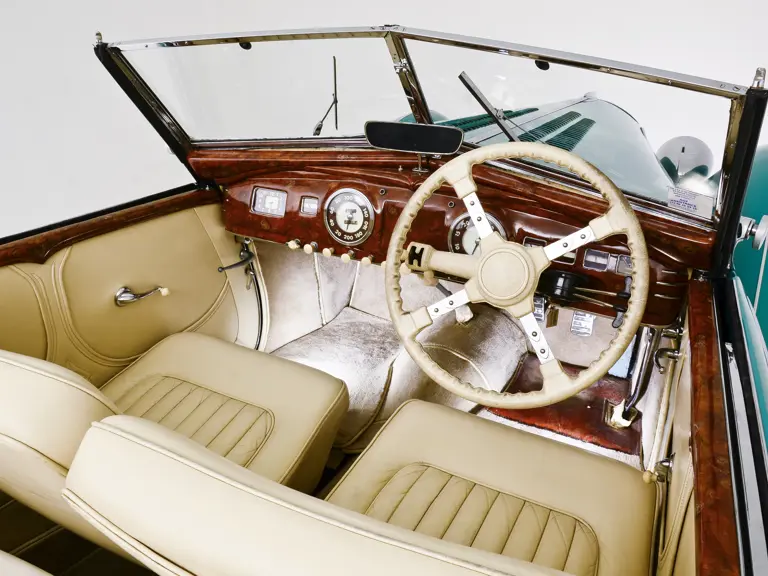
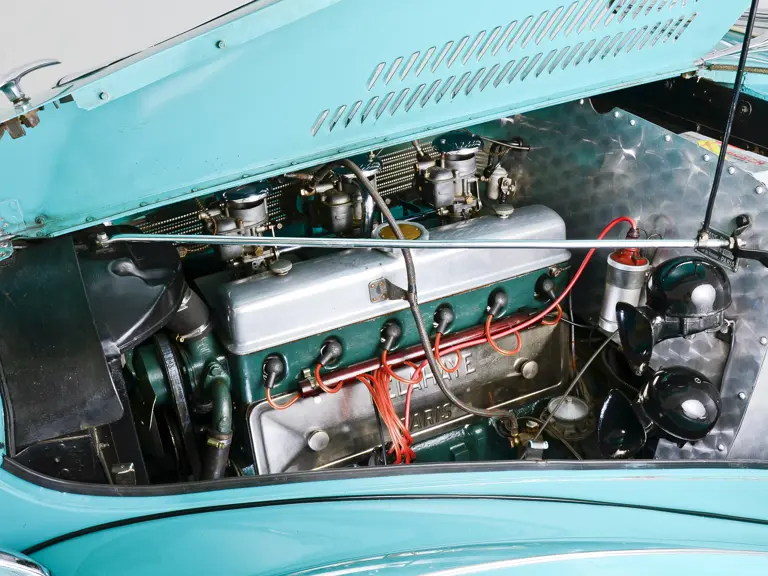

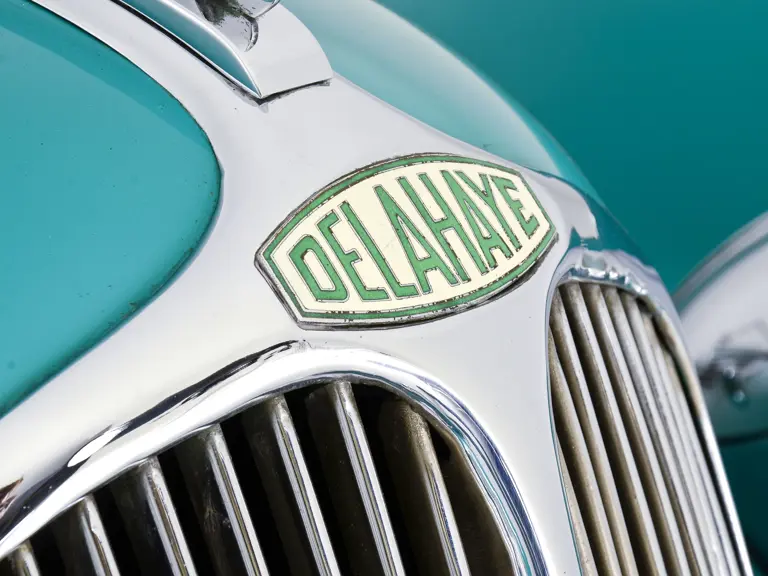
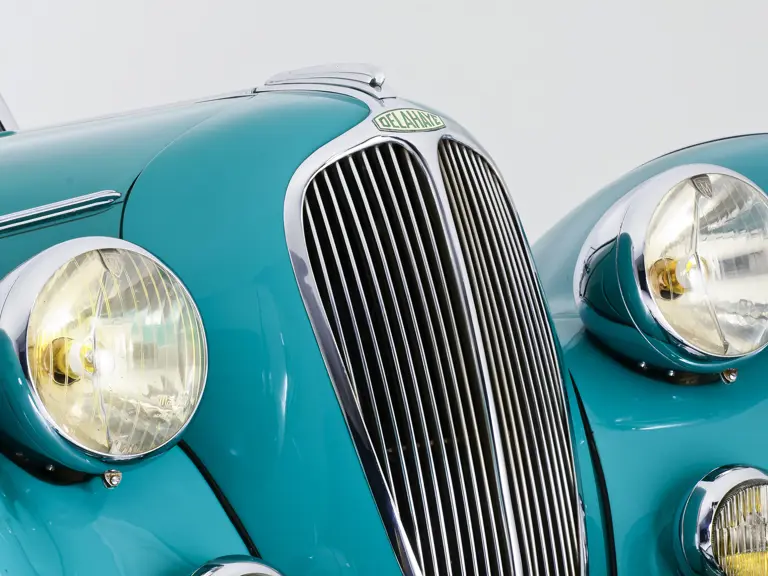
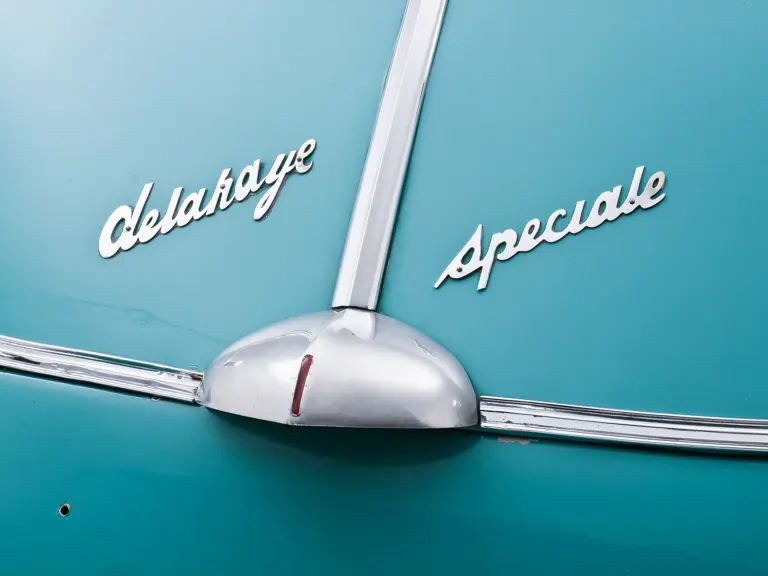
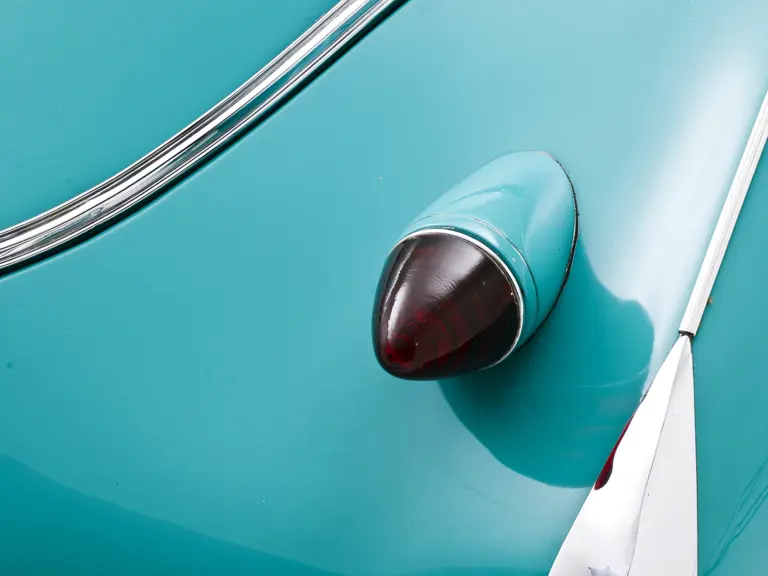
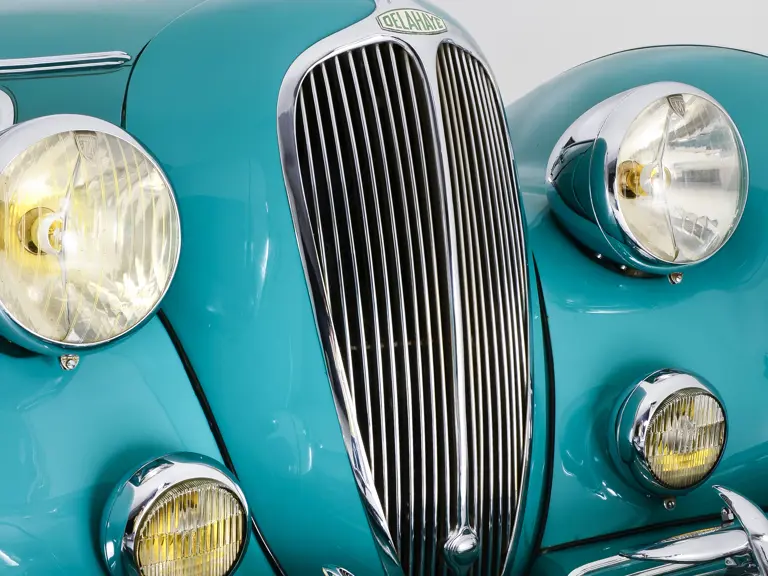
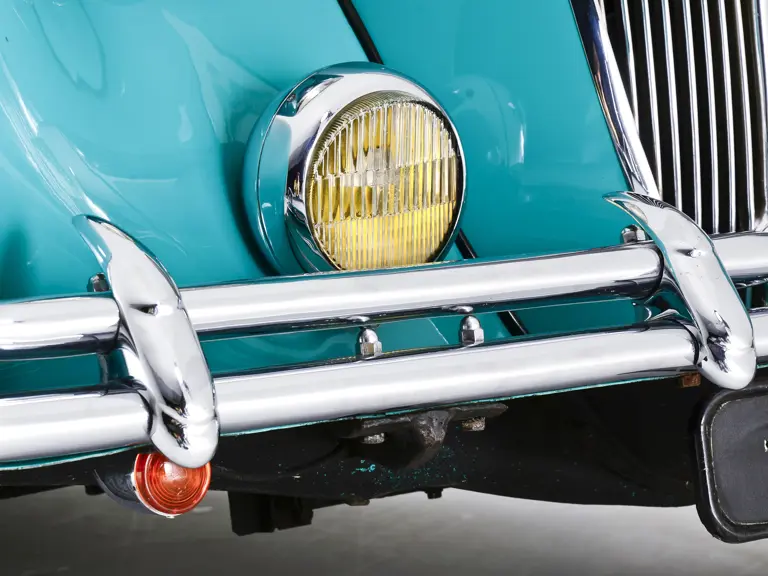
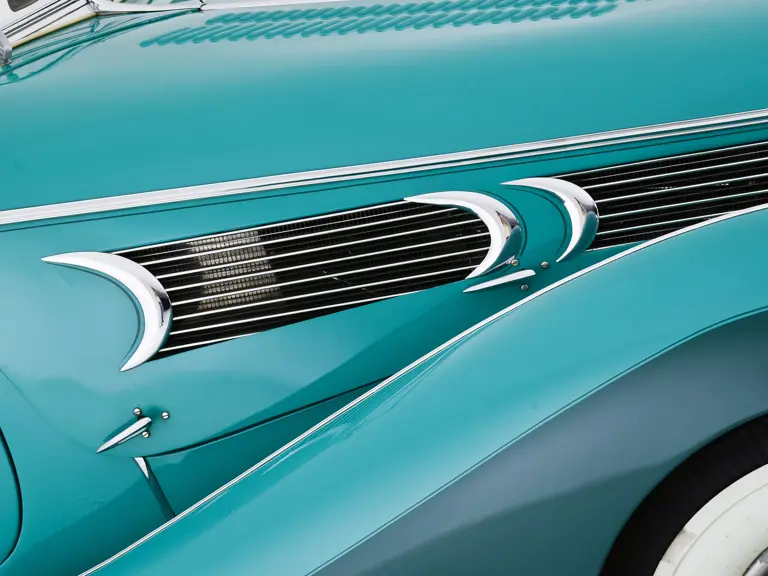
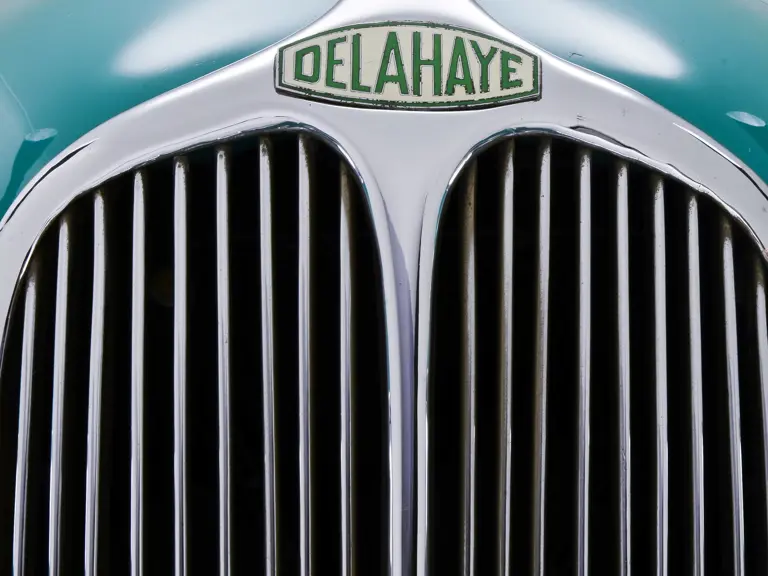
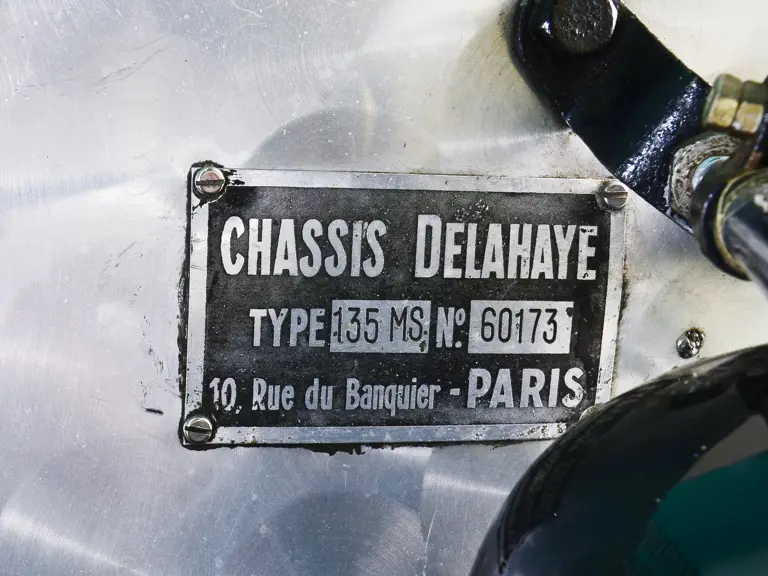

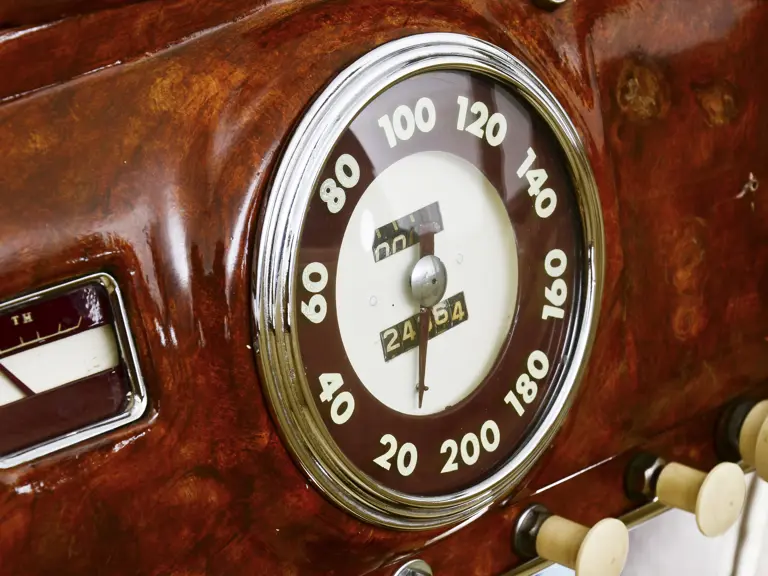
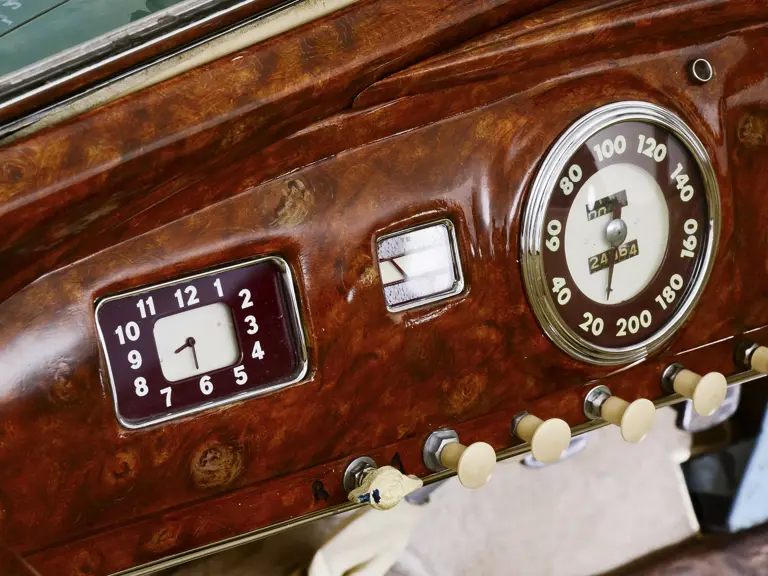

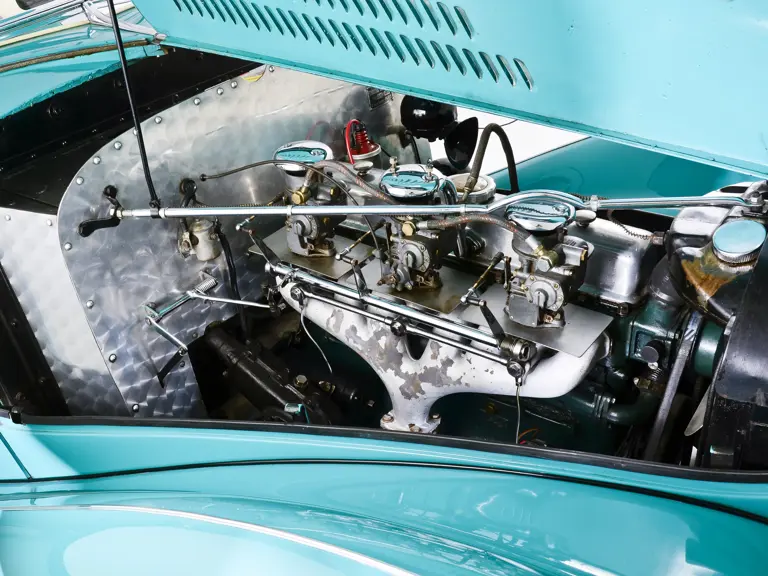
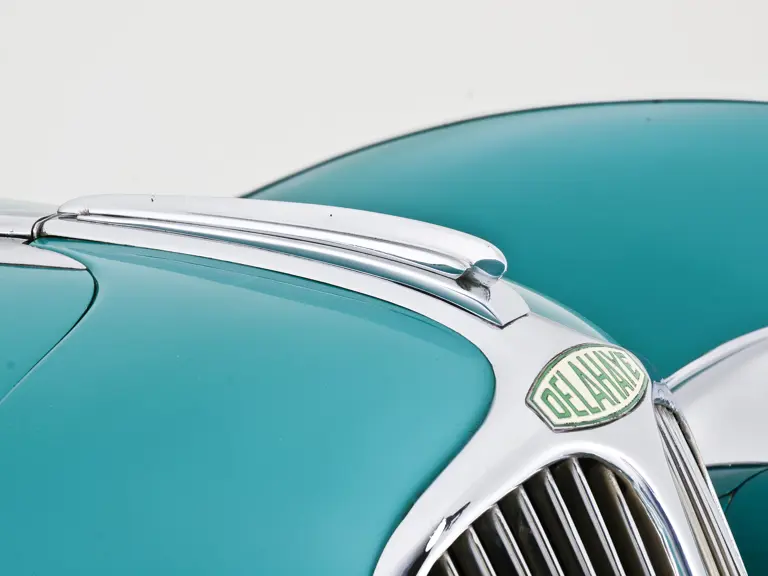

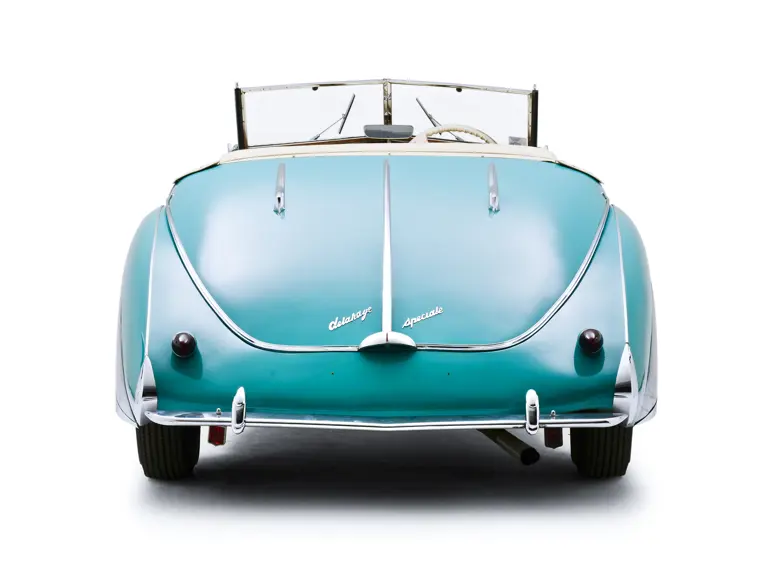
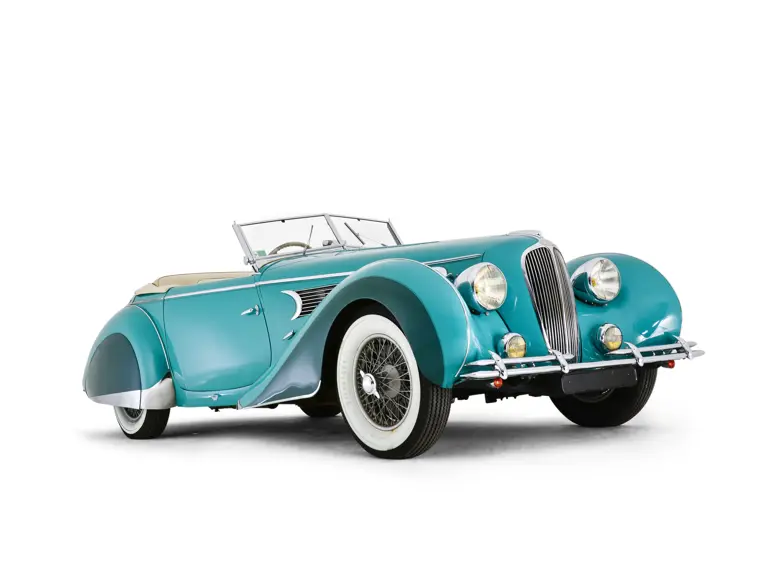
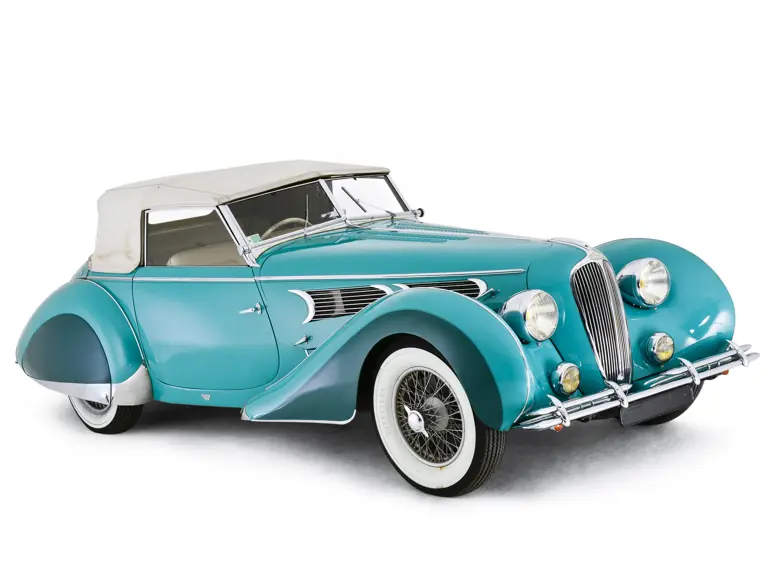
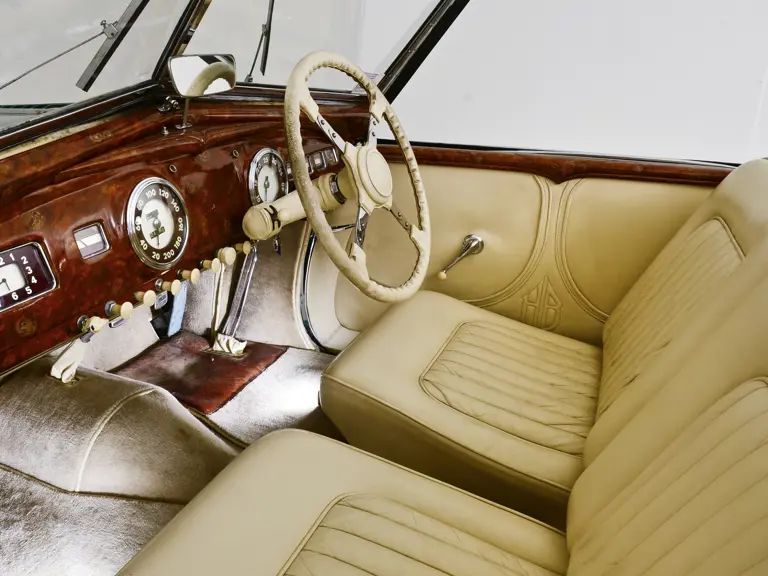
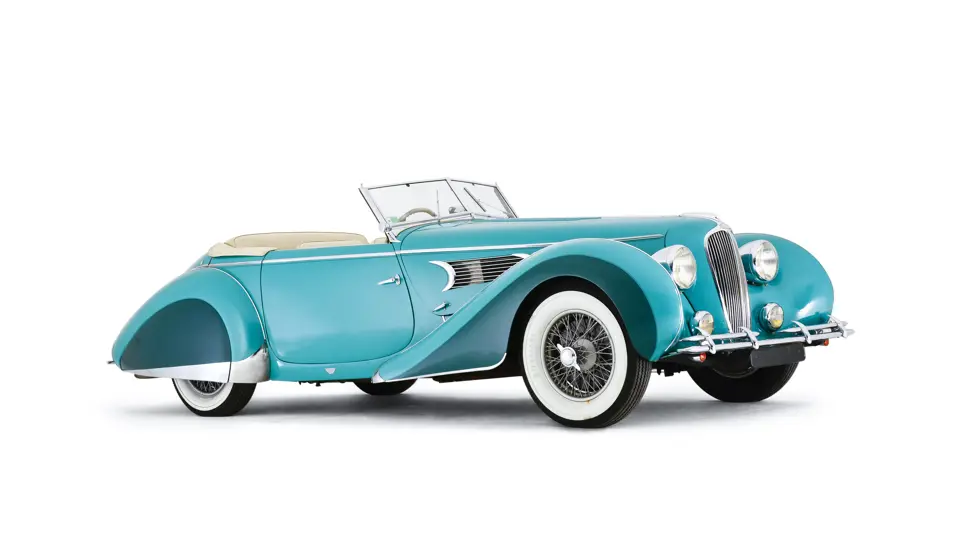
 | Monterey, California
| Monterey, California

